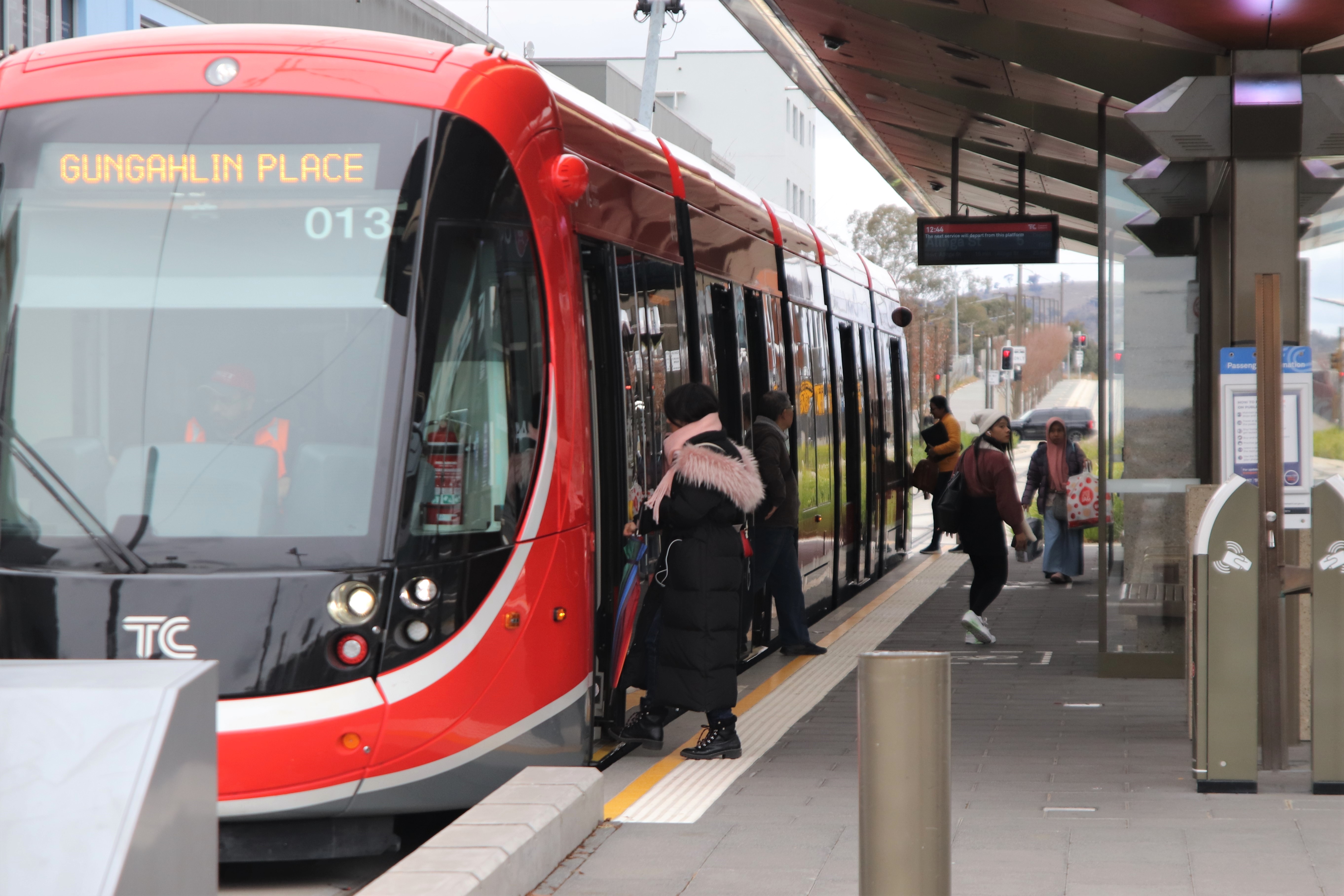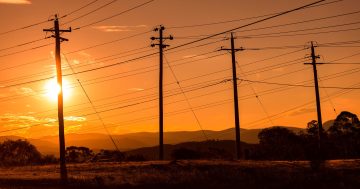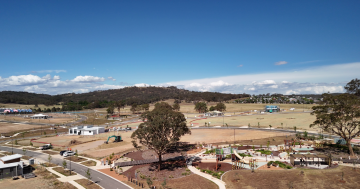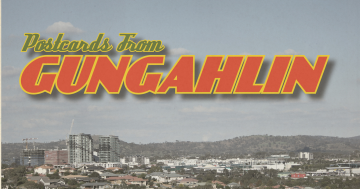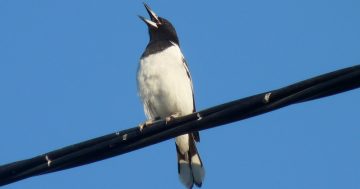Home to only 500 people in 2011, Crace has rapidly expanded, now accommodating almost 4500 residents who very much reflect the Gungahlin way of life.
These are the findings of the 2016 Census results which confirm Crace as one of the major suburbs driving Gungahlin’s rapid growth.
So how does Crace stack up as it transitions from development to a thriving suburb at the heart of Gungahlin’s regional rise?
Rapid growth
It comes as little surprise that Crace is one of the suburbs contributing to Gungahlin’s position as the second fastest growing region in Australia. Formally established in 2010, Crace accommodated only 563 people in 2011, but has grown by nearly 700% to accommodate 4459 residents in 2016.
This rapid rise has been facilitated by swift development. Only 327 private dwellings dotted the landscape in 2011, but now 1679 line the increasingly populated streets. Almost 65% of these are separate houses, with 24% semi-detached properties, and just 11% of the housing stock comprising units.
Who lives in Crace?
Chances are if you live in Crace, you are a young family either planning on having children or with one or two already residing under your roof. Almost 80% of households within Crace contain families, and of those households 56.6% are couples with children.
Reflecting similar statistics to the entire Gungahlin region, the median age for the Crace is 31, with 49.7% of the population male, and 50.3% female. That’s a slightly older median age than five years ago when the standard age for Crace was just 27, but arguably reflects a population who has moved in and settled down with space to raise a growing family.
And a growing family it is…the average number of children per household is 1.7, up from 1.4 in 2011, with almost a quarter (24.4%) of the suburb’s population now aged under 15, and 12.4% under the age of 4. In 2011 children under 15 made up only 17.5% of the population.
Couples also play a major role in the suburb, with 35.2% of households noted as being couples without children. Just under 7% are single parent households.
Most residents (58.8%) who are over the age of 15 are married, a statistic far above the ACT and Australian norm of 47.9% and 48.1% respectively.
How Crace fares financially
On the financial front, Crace is far above the territory, national and even Gungahlin norm. Well over a third (38%) of households have an income of more than $3000 per week, compared to 31% for the Gungahlin region, and 16.4% nationally.
The median weekly household income is $2486. This is $240 above Gungahlin’s standard, $1000 above the national median and $440 above the rest of the ACT. It’s also a significant rise on Crace residents’ financial position only five years ago. In 2011, the median weekly household income was $1986.
Of that income, $380 each week goes to paying rent, or each month a median of $2500 goes to repaying a mortgage. In an interesting twist that means Crace residents are now paying significantly more rent than they did five years ago but a small amount less in mortgage repayments. In 2011 the median weekly rent was $318, and the median monthly mortgage was $2600.
But arguably they can afford the costs. In almost 95% of cases both the median weekly rent or median monthly mortgage make up less than 30% of residents’ income.
How Crace residents live
The majority of Crace residents are currently working their way towards owning their own home, and it’s not a small property. Over 55% of residents are currently paying off a mortgage, with most properties (48.5%) comprising four or more bedrooms.
The number of residents paying a mortgage is significantly greater than the rest of the ACT and Australia, where property ownership with a mortgage is 38.4% and 34.5% respectively. It’s also a statistic slightly higher than the average for the Gungahlin region, where just under 50% of residents are currently paying off their home.
Like the rest of Gungahlin, however, residents are making home ownership progress. In 2011 a whopping 59.8% of residents had a mortgage while only 3.8% owned their home outright. Now almost 10% of residents are free of a mortgage and can truly call their home their own.
Meanwhile, in a statistic that closely reflects the Gungahlin, Territory and national average, almost one third (30.7%) of residents are renting.
And this home that they’re renting or working to own outright is by no means small. Nearly 65% of properties are detached houses, and almost half of houses have four bedrooms or more, while 26.5% have three bedrooms. That’s larger than average ACT and Australian home, which predominantly comprises three bedrooms (39.7% and 41.1% respectively).
Where Crace residents come from
Like the Gungahlin region, Crace is embracing multiculturalism, with just over half (58.5%) of the residents who live in the suburb born in Australia compared to 63.4% in 2011. That means the current population includes 41.5% of residents who were born overseas, with the countries of origin including China (9.1%), India (6.3%), England (2%), Pakistan (1.6%), and Bangladesh (1.5%).
These multicultural roots are above the territory and national averages. In the ACT, 68% of residents were born in Australia, while nationally 66.7% were. But it does reflect a general Gungahlin trend where the number of residents born overseas has risen 5.4% since 2011.
Meanwhile, ancestry denotes a similar pattern. In 2011, 43.8% of the Crace population stated both their parents were born overseas, while 2016 saw this rise to 51.4%.
In terms of language, 57% of Crace households speak only English at home, while 40.4% are households where another language is spoken and in 9.4% of homes the second language is Mandarin.
The final word
The 2016 census reflects the rapid growth of Crace from a barely developed sub-division in 2011 to a fully fledged and vibrant suburb in 2016. It’s a place where young families come to set down roots, where they grow and work towards owning their own home in a region that’s better off financially than most.




